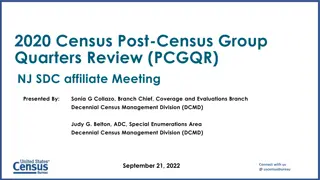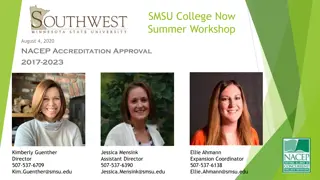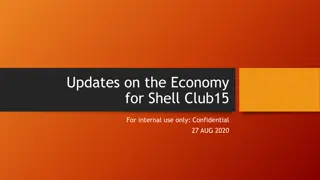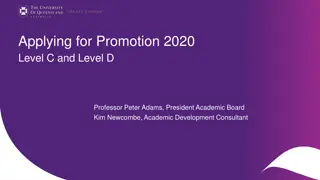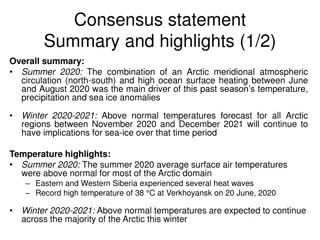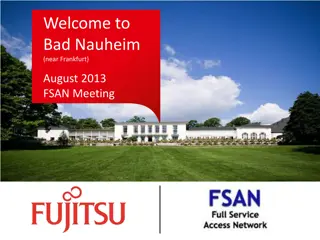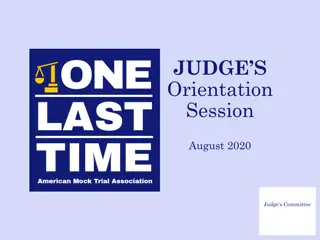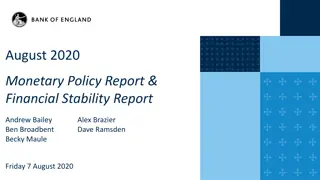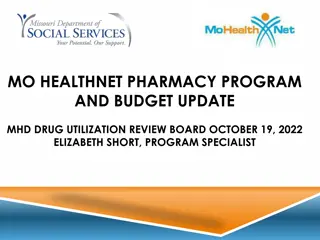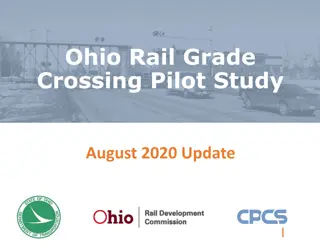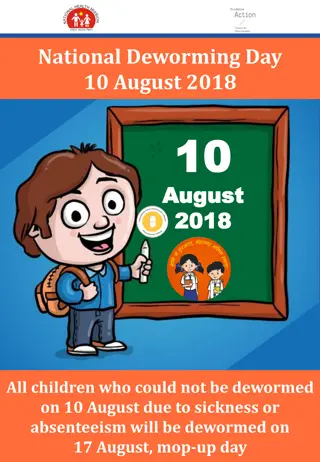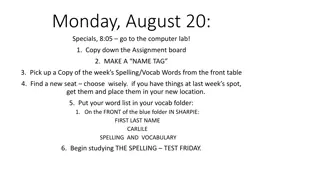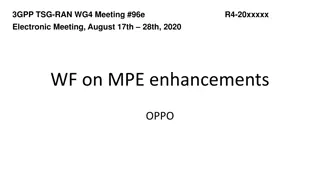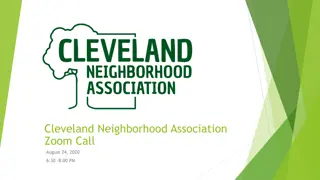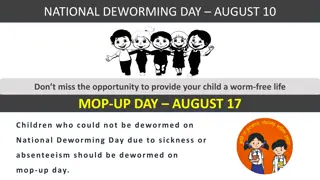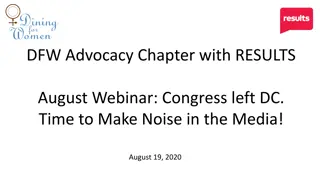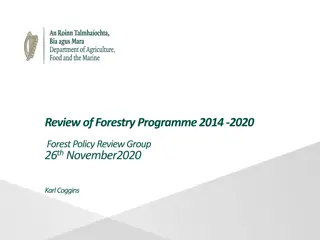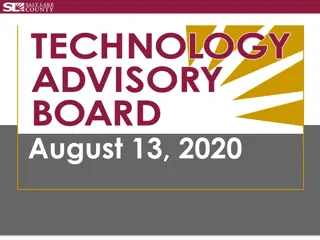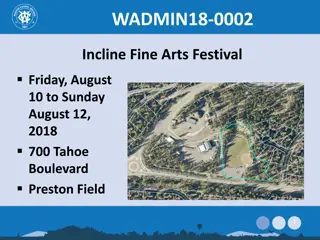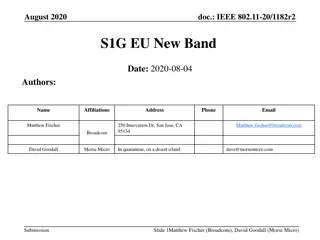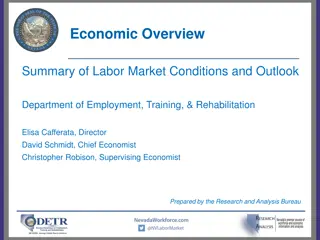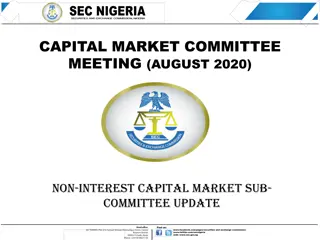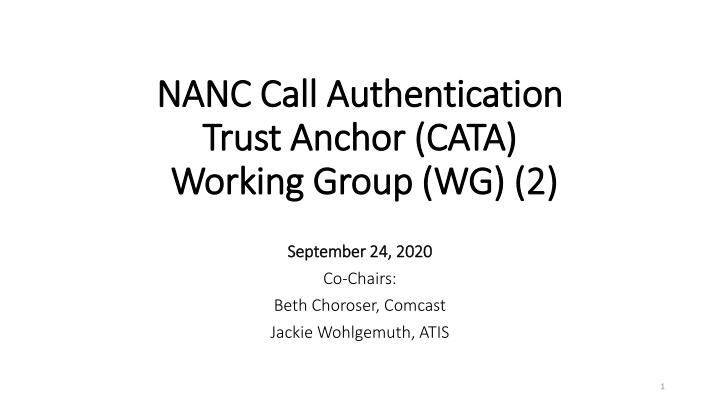
NANC Call Authentication Trust Anchor Working Group Best Practices
Explore the recommended best practices by the NANC Call Authentication Trust Anchor Working Group for effective call authentication frameworks. Learn about subscriber vetting, TN validation, attestation levels, and more to ensure accurate identification of calling parties by voice service providers.
Download Presentation

Please find below an Image/Link to download the presentation.
The content on the website is provided AS IS for your information and personal use only. It may not be sold, licensed, or shared on other websites without obtaining consent from the author. If you encounter any issues during the download, it is possible that the publisher has removed the file from their server.
You are allowed to download the files provided on this website for personal or commercial use, subject to the condition that they are used lawfully. All files are the property of their respective owners.
The content on the website is provided AS IS for your information and personal use only. It may not be sold, licensed, or shared on other websites without obtaining consent from the author.
E N D
Presentation Transcript
NANC Call Authentication NANC Call Authentication Trust Anchor (CATA) Trust Anchor (CATA) Working Group (WG) (2) Working Group (WG) (2) September 24, 2020 September 24, 2020 Co-Chairs: Beth Choroser, Comcast Jackie Wohlgemuth, ATIS 1
CATA WG CHARGE CATA WG CHARGE The North American Numbering Council s ( NANC ) Call Authentication Trust Anchor Working Group, was The North American Numbering Council s ( NANC ) Call Authentication Trust Anchor Working Group, was directed on February 27, 2020, to directed on February 27, 2020, to issue best practices that providers of voice service may use as part of the implementation of effective call authentication frameworks to take steps to ensure the calling party is accurately identified. A final report is due to the NANC DFO and WCB on September 25, 2020. These recommendations should address at least the following questions: 1. Which aspects of a subscriber s identity should or must a provider collect to enable it to accurately verify the identity of a caller? 2. What guidelines or standards should providers use when assigning the three attestation levels A (or full attestation), B ( partial ), and C ( gateway ) of the SHAKEN/STIR framework? 3. How should best practices vary depending on the type of subscriber, such as between large enterprises, individuals, and small businesses? 4. When should providers consider using third-party vetting services, and how should they make the best use of them? 5. Should there be unique industry-wide best practices for knowing the identity of subscribers located abroad? If so, what best practices could we recommend regarding identification of such subscribers? 6. Are there any other best practices voice providers can implement to take steps to ensure the calling party is accurately identified ? on September 25, 2020. 2
RECOMMENDED BEST PRACTICES RECOMMENDED BEST PRACTICES Subscriber Vetting. Subscriber Vetting. Service Providers should vet the identity of retail and wholesale subscribers, in conjunction with approving an application for service, provisioning of network connectivity, entering into a contract agreement, or granting the right-to-use telephone number resources. TN Validation. TN Validation. Originating Services Providers should confirm the End-User or Customer s right-to-use a Telephone Number. A A- -Level Attestation. Level Attestation. Originating Service Providers should authenticate calls with attestation level A only when they can confidently attest that the End-User initiating the call is authorized to use the TN- based caller identity associated directly with the calling line or account of the End-User. B B- - and C and C- -Level Attestation. Level Attestation. Originating Service Providers should only authenticate calls with attestation levels B or C for calls where TN Validation has not been performed on the originating telephone number. 3
RECOMMENDED BEST PRACTICES (cont.) RECOMMENDED BEST PRACTICES (cont.) Third Third- -Party Validation Services (referred to by the FCC as third Party Validation Services (referred to by the FCC as third- -party vetting services in the charge letter). letter). Originating Service Providers should use a third-party validation service when they cannot or choose not to independently perform TN Validation. Third-party vetting services may be particularly useful in the case of enterprise customers that acquire telephone numbers from multiple telephone number service providers. party vetting services in the charge International. International. Service providers that sell services to international call originators using North American Numbering Plan (NANP) numbers should develop processes to validate that the calling party is authorized to use the telephone number or caller identity. Further, domestic gateway providers may wish to explore voluntary commercial arrangements with international providers that include terms and conditions that would give the domestic gateway provider the tools, information, and confidence to trust the validity of the calling identity. Ongoing Robocall Mitigation. Ongoing Robocall Mitigation. Service providers, whether IP- or non-IP-based should have ongoing robocall mitigation programs in addition to implementing call authentication protocols. The elements of such programs may vary depending on the nature of the service provider s business but may include ongoing monitoring of subscriber traffic patterns to identify behaviors that are consistent with illegal robocalling. Service providers may, after further investigation, take appropriate action to address such behaviors. 4
LOGISTICS LOGISTICS The CATA WG kicked off on Friday, March 13, 2020. Subsequent meetings were held: March 20 April 10, 24 May 8, 22, June 5, 19, 26 July 10, 17, 22, 24, 31 August 5, 7, 10, 14 Guest presenters (four entities) provided information to the WG on vetting services. BT Americas CTIA Neustar Numeracle 5
MEMBERSHIP MEMBERSHIP AT&T ATIS Bandwidth CenturyLink Charter Communications, Inc Comcast Cox Communications FCC Google iconectiv INCOMPAS Intrado Communications, LLC Montana PSC NTCA Peerless Network, Inc. SIP Forum Smithville Communications Somos T-Mobile USA TransNexus, Inc. USTelecom Telnyx LLC 6
CLOSING CLOSING Q&A Contact information for further questions: Beth Choroser, Comcast Beth_Choroser@Comcast.com Jackie Wohlgemuth, ATIS jwohlgemuth@atis.org 7

